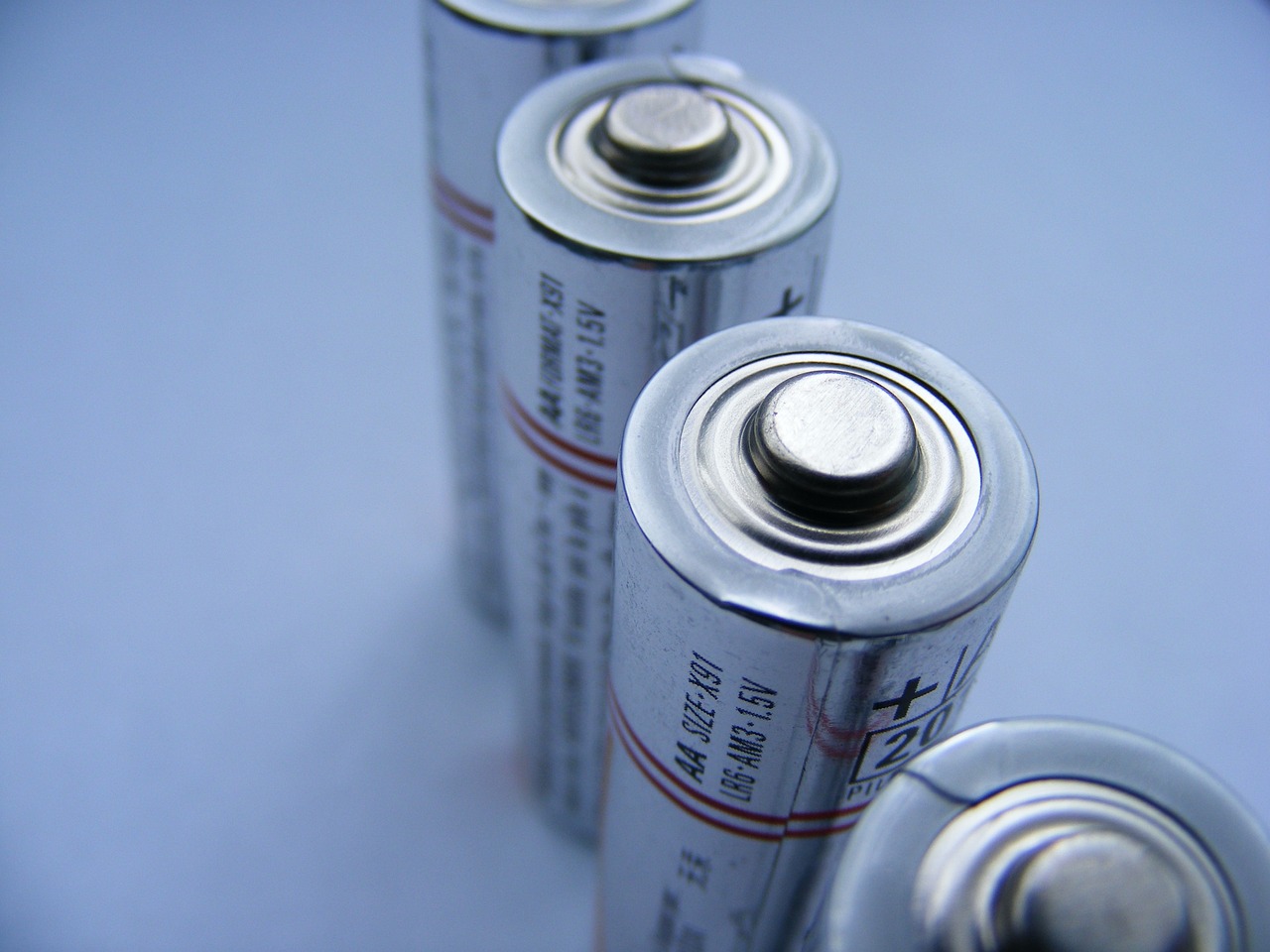
This post is also available in:
 עברית (Hebrew)
עברית (Hebrew)
The United Kingdom is advancing its plans to deploy the DragonFire laser weapon system, with a goal to equip four Royal Navy destroyers by 2027. This next-generation weapon system, capable of striking targets such as drones from up to a kilometer away, represents a significant leap forward in military technology.
DragonFire is a high-powered laser system designed for precision and efficiency. Its development, initially announced in 2017, was expected to culminate in a 2032 operational date. However, recent shifts in government priorities have accelerated the timeline, pushing the system’s deployment forward by five years. The British Ministry of Defence (MOD) now aims for full operational capability by 2027, according to a written response by Defence Minister Maria Eagle to a parliamentary question.
The weapon’s operational costs are another standout feature. A single shot from the DragonFire system can cost as little as £10 (approximately $13), making it a highly economical solution compared to traditional munitions. In early 2024, the system successfully destroyed an aerial target during a test, demonstrating its effectiveness in real-world conditions.
The DragonFire program is a collaborative effort led by MBDA, a European missile manufacturer. The £100 million ($130 million) project is part of the UK’s broader initiative to integrate more advanced technologies into its defense capabilities, including artificial intelligence-powered weapons and autonomous drones.
The government’s commitment to accelerating defense innovation is clear. In its Spring Statement, the UK outlined plans to allocate approximately 10% of the Ministry of Defence’s equipment budget towards new technologies. Additionally, a dedicated £400 million ($516 million) innovation fund has been established to further enhance the development of cutting-edge defense systems.
As the UK increases its defense spending and prioritizes modernization, the operational DragonFire system will play a key role in reducing reliance on expensive ammunition, while enhancing overall military effectiveness. This marks a significant step towards a future where advanced laser weaponry could reshape the battlefield, offering enhanced precision and reduced collateral damage.

























